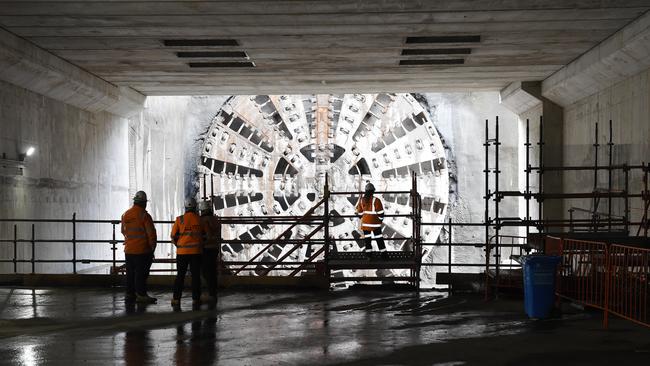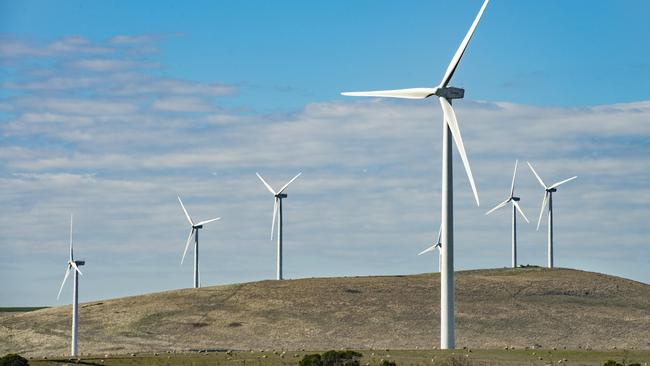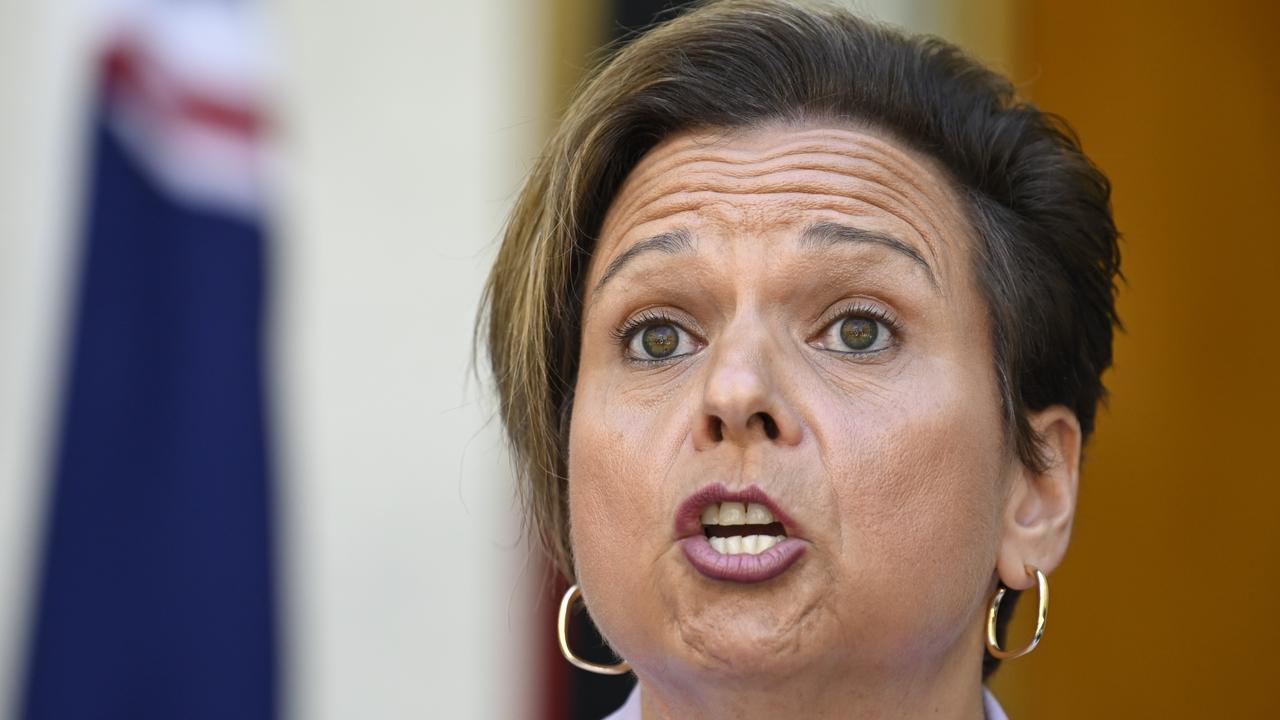Government-led infrastructure boom to hit $1 trillion: Deloitte
Australia is in the grips of an unprecedented infrastructure boom fuelled by massive building budgets from federal and state governments.

Business
Don't miss out on the headlines from Business. Followed categories will be added to My News.
Australia is in the grips of an unprecedented infrastructure boom fuelled by massive building budgets from federal and state governments across roads, rail and renewable energy that is fast approaching a total project spend of a trillion dollars.
The flood of taxpayer and corporate money now being thrown at everything from solar panel and wind farm schemes to railways, sewerage and telco transmission towers is now seeing activity on the ground, with project commencements up 50 per cent on pre-Covid averages.
However, a deteriorating economic outlook is expected to see growth in business investment slow sharply next year and to remain soft in 2025 as the weaker economic settings prompt many businesses to pause or cancel planned infrastructure investment.
Latest findings from the Deloitte Access Economics Investment Monitor has found the infrastructure investment boom has built up project investment (work under way or committed) to its highest level since late 2014.
According to Deloitte, the value of projects rose by $16.3bn to $945.6bn – a 1.8 per cent increase from the previous quarter. The value of definite projects (those under construction or committed) increased by $11.7bn over the quarter, while a total of $439.2bn worth of definite projects are currently included in its database.

The value of planned projects (those under consideration or possible) increased by $4.6bn over the quarter to $506.4bn, the highest level since the beginning of the gas investment boom in late 2012.
All up, according to Deloitte, infrastructure accounts for almost 80 per cent of the total gain in the value of projects under construction from 2020-21 to 2022-23. And further gains are expected, with $310bn worth of infrastructure projects across the various planning stages.
And with many state governments, especially Victoria, caught up in a frenzy of transport projects, the transport industry is accounting for 60 per cent of the increase in definite activity from the trough in late 2020 to mid-2023.
Deloitte Access Economics partner and report lead author Stephen Smith said supply and capacity constraints in the construction and infrastructure industries had initially stalled projects, but many infrastructure projects were now commencing.
“Capacity constraints in the construction sector have meant some projects commissioned back when the economy was on more solid footing are only now starting construction or catching up to earlier work schedules,” Mr Smith said. “This is contributing to the current strong gains in both engineering and non-residential construction.”
The shift to renewable energy was also helping pour capital in those types of projects, and were also complemented by infrastructure project investments in traditional energy sectors like oil, gas and minerals. This was especially the case as key minerals were vital components of renewable energy.

“The energy transition is also driving investment,” Mr Smith said. “Construction has commenced at several solar, wind and battery projects in 2023. Further increases in renewable investment are expected as ageing coal-fired power stations are replaced and Australia seeks to meet emissions reduction targets.
“These renewable energy projects are also increasing demand for the raw materials supplied by the mining industry, particularly critical minerals used to make batteries such as nickel, lithium, cobalt and manganese.”
The value of mining exploration expenditure increased by 10 per cent in the year to March, but the increase was closer to 30 per cent for critical minerals such as copper, nickel, cobalt and rare earths.
Earlier this year the federal government announced it was undertaking a review of the infrastructure pipeline, which had expanded from about 150 projects to more like 800 projects in recent years.
“There is likely to be a reprioritisation of spending as contractors grapple with acute shortages of key materials and workers and elevated costs,” Mr Smith said.
Originally published as Government-led infrastructure boom to hit $1 trillion: Deloitte





